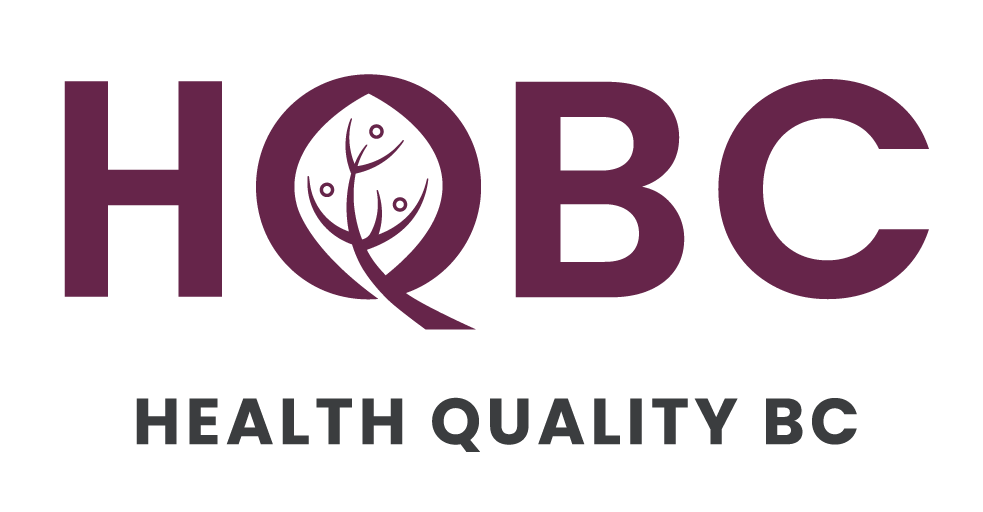- 2024
|
- Runner-Up
|
- Returning to Health & Wellness
An improvement initiative to find alternative solutions for localizing breast cancers and breast lesions in need of surgical removal has led to the use of a new technique that has not only increased patient safety and satisfaction but has also resulted in time and cost savings at Fraser Health.
Michelle Goecke, a breast surgeon at Royal Columbian Hospital (RCH) in New Westminster, introduced the use of radioactive seeds. The seeds, which are no larger than a grain of rice, are used as an alternative to fine wire localization (FWL), which could dislodge and was uncomfortable for patients. The seed technology was so successful that it is now becoming the standard of care across Fraser Health hospitals where breast cancer surgery is performed.
“Radioseed has been a game changer,” says Sue Sidhu, a fellow breast surgeon at RCH. “Patients no longer have anxiety about the wire dislodging. As a surgeon, the procedure has become much easier as we no longer have to follow the long path of the wire to get to the mass.”
“Discovering an abnormal mass in the breast can be a deeply distressing experience for patients, filled with concerns such as, ‘Is it cancerous?’ ” says breast imaging supervisor Nicole Bemister. “The subsequent procedure involves inserting a wire into the breast, necessitating patients to keep their arm still to avoid complications during removal. Such procedures can significantly heighten anxiety, pain, and discomfort for patients already grappling with uncertainty.
“That’s where the radioactive seed emerges as a game changer,” she continues. “Introducing radioseeds into our practice equips our team with advanced tools, enabling us to navigate these challenges more effectively and alleviate some of the emotional and physical burdens our patients face. It’s not just about technical proficiency; it’s about enhancing our ability to provide compassionate care in an already stressful environment.”
In Canada, one out of eight women will receive a breast cancer diagnosis, and one in 32 will die from this disease. Many breast cancers detected through screening are not able to be felt and require localization to direct surgical removal.
Currently in BC, FWL is the standard technique for pre-operative localization of lesions that cannot be felt in patients undergoing breast conservation surgery. This procedure involves the insertion of a fine wire into the breast lesion by a breast radiologist. The protruding wire is then secured with tape to the breast and covered with a dressing. The patient then checks in at surgical daycare and is later transferred to the operating room where the surgeon removes both the wire and the lesion.
However, FWL has drawbacks for patients and providers. It is uncomfortable for the patient because the wire protrudes from the breast and limits the patient’s arm movement. It has a risk of dislodging, migrating or being transected during surgery. Furthermore, it can be difficult for surgeons to determine the ideal incision placement because of the protruding wire.
A challenge for in-hospital workflow is that wire placement must be performed on the same day as the surgery, therefore close coordination is needed between radiology and the OR – delays or cancellations on either side impact the other, as well as the patients. There are limited FWL time slots available; only three to four patients can undergo surgery on any given day, even if more OR time slots are available. This is inefficient for the system and contributes to longer wait times for diagnosis and treatment for all women in BC. Significant staff time is spent on scheduling and re-arranging FWL appointments, which also impacts the wait times for other breast imaging procedures.
The challenges and drawbacks with fine wires made exploring radioseeds appealing to Michelle, who knew this technology was being used in other parts of Canada and the world. The seed which is inserted into the lesion by a breast radiologist does not protrude from the breast, cannot be dislodged and is less painful. The patient’s movement is not limited. The seed emits a signal which is detected by a handheld probe during surgery, allowing the surgeon to make a strategically placed incision in a more cosmetic location. In addition, the seed can be inserted days before the surgery, which increases scheduling flexibility, decreases the time spent by clerks on scheduling appointments, and relieves time pressures by the radiology team. Furthermore, surgical excision of seed-localized lesions is technically less complex, resulting in smaller resection volumes, faster operative times, and better cosmetic outcomes.
Surveys showed the seed technology resulted in an improved experience for the care team. More surgeries could be accommodated due to shortened operative times and improved OR efficiencies, which meant wait times to diagnosis and treatment were reduced by 13 days, and OR wastage was reduced by about $90 per case.
Patient satisfaction also increased.
“Such an improvement over the wire which I received in the past,” said one patient. “More comfortable, less time and way less traumatic. So pleased to have had this procedure! All women should receive this option.”
Michelle is now spearheading the next phase of the improvement initiative, which aims to onboard all 12 hospitals in Fraser Health to the same seed technology. This will allow patients living anywhere in the Fraser Valley to access the procedure. She is also co-chairing a provincial committee responsible for the evaluation and procurement of the seed technology and is advocating for seed technology to be the standard of care for all patients in BC.


